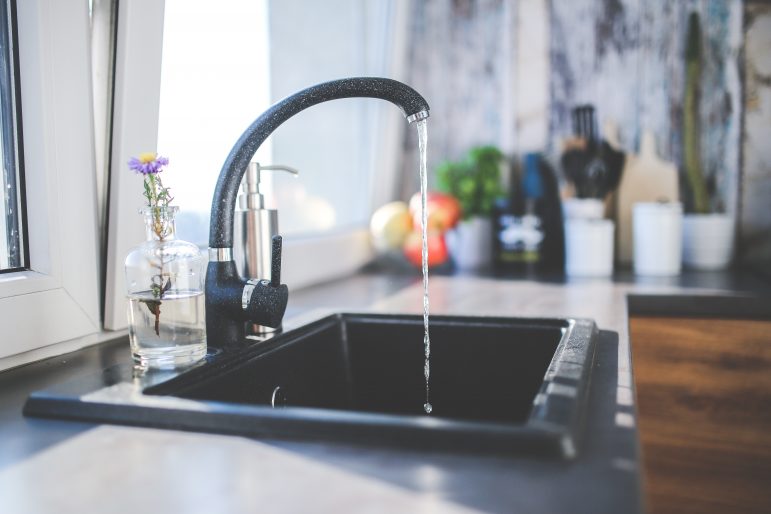Saving water should be on a facility manager’s list of priorities all year round. Water is our most precious natural resource and it, like many things, is getting more expensive.
Added to those rising costs, it’s important to remember that energy and water are inextricably paired: the more water used, the more it costs to distribute water to facilities and deliver it back to water treatment centres. Water delivery itself also requires and expels energy, which increases the number of greenhouse gasses released into the atmosphere.
So, what can building owners and managers do to get better at saving water and in turn cut their costs, especially during the winter months?
Klaus Reichardt, CEO and founder of Waterless CO. Inc., manufacturers of no-water urinals, cites five key steps among others that facilities and managers can take right now.
Educate users
People think it is in the summer months that we use the most water. Reichardt notes this is partially true, but water consumption is still significant in the winter because more people are inside.
Install irrigation sensors
A simple way to reduce winter water consumption is to install sensors in irrigation systems. Sensors detect when precipitation is present, turning off programmed irrigation systems and preventing unnecessary irrigation.
Locate the shutoff valve
During the winter months, millions of gallons of water are wasted when pipes freeze. “All too often in an emergency, locating the shutoff valve is a mystery to some building owners and managers, wasting millions of gallons of water annually,” says Reichardt. The valve is usually found where the water utility pipes connect to the building’s lines.
Keep buildings warm enough
Building temperatures should be kept above about 13 degrees Celsius as a minimum, especially for schools and other facilities that are closed for prolonged periods during the winter.
Upgrade to water-efficient fixtures
The winter months are an excellent time to install no-water and water-efficient washroom fixtures, especially in facilities used less during the winter. “When they make the upgrades, building operators discover that water and cost savings occur the day the switch-out occurs,” concludes Reichardt.









